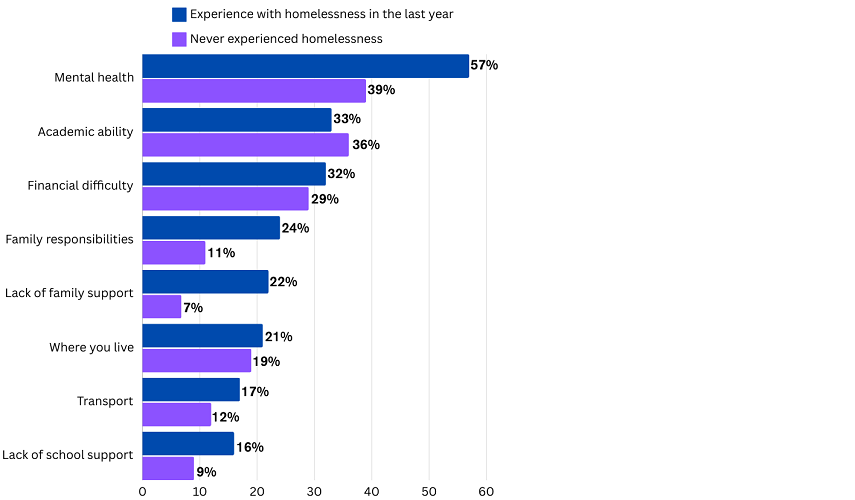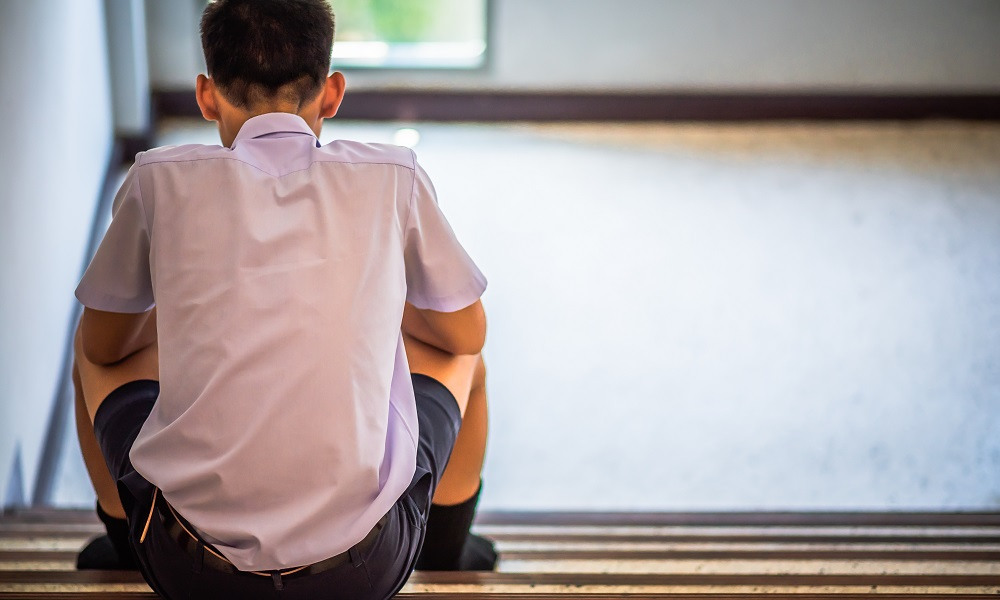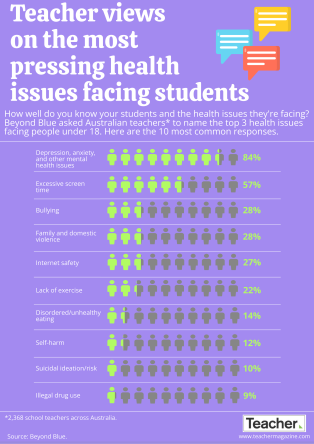A survey of almost 20,000 young people, aged 15-19, has found nearly 1 in 10 respondents have experienced homelessness in the previous year.
To better understand youth homelessness in Australia, a new report released today, The unfair divide: Disadvantage faced by young people who are homeless - A Mission Australia Youth Survey Report, analysed data from Mission Australia’s 2023 Youth Survey.
The report found that challenges faced by young people who have experienced homelessness include higher rates of loneliness, mental health issues, strained familial relationships and numerous educational barriers – such as a lack of appropriate study spaces, frequent changing of schools, and lower levels of engagement.
About the report
Each year, the Mission Australia Youth Survey seeks to understand the perspectives of young people on current issues, concerns and experiences. Every 2 years, that data is analysed to glean insights into the perspectives and experiences of young people, aged 15-19, who have faced homelessness.
The latest report is based on nearly 20,000 responses from the most recent Youth Survey data, taken in 2023.
Youth homelessness in Australia
According to the report, on census night 2021, roughly a quarter (23%) of Australians experiencing homelessness were aged 12-24, despite the age group making up just 16% of the total population.
Additionally, the report notes that due to the difficulty of measuring homelessness, this figure is likely an under-representation, with the actual number of young people experiencing homelessness expected to be higher.
It’s important to note that definitions of homelessness may be defined differently. In this Mission Australia report, young people are considered to have experienced homelessness if they have:
- experienced having no fixed address
- lived in a refuge or transitional accommodation
- spent time away from home because they felt they could not go back.
That definition means 1,508 Youth Survey 2023 respondents, out of a total 19,501, had experienced homelessness in the last year.
Homelessness and education
While students that have experienced or are experiencing homelessness no doubt face disadvantages at school, the report does first note the resilience of these students in continuing their studies despite the challenges.
… close to 9 in 10 (89%) Youth Survey respondents with experience of homelessness in the last year [are] engaged in full-time or part-time study (only slightly less than those with stable housing, 93%).
However, while most of these students are engaged in study, their experience with that study is significantly different.
Just 43% of students with experience of homelessness in the last year reported being satisfied or very satisfied with their studies (compared to almost 63% of students who had never experienced homelessness). At the other end of that scale, more than double the proportion, at almost 20%, of young people who experienced homelessness in the last year reported being very dissatisfied/dissatisfied with their studies compared to those who had not experienced homelessness (8.5%).
Students with experience of homelessness in the last year were also much more likely to have poor/very poor spaces to do homework/study with minimal distractions (22% compared to 5.3%); poor/very poor access to services they need, such as electricity and internet (7.3% compared to 0.7%); and poor/very poor adequate sleeping space (7.2% compared to 0.8%).
Of those who had moved homes in the last 3 years, one-third who had also experienced homelessness in the last 12 months (34%), reported they changed schools 2 or more times during this 3-year period compared to 14% among those without experience of homelessness. Notably, research shows that the more times a student moves schools, the greater the negative impact on outcomes and an increased likelihood of leaving school before completing year 12 (Centre for Education Statistics and Evaluation, 2016).
When specifically asked if there were any barriers that impacted their achievement of study and/or work goals, young people with experience of homelessness were more likely to say yes than those who have never experienced homelessness (63% compared to 35%), while the number of barriers they reported was also higher (an average of 3.4 compared to 2.6).
Top barriers to achieving work/study goals for young people with experience of homelessness vs those without

Barriers experienced that prevented achievement of work/study goals, % by homelessness status: Adapted from Mission Australia (2024)
What role can schools play in supporting young people facing homelessness?
According to the report, educational attainment is an important predictor of future employment, welfare and health outcomes, and thus it is important to keep young people at risk of or experiencing homelessness engaged with education.
As well as being important for maintaining the wellbeing of young people, and contributing towards their long-term social and economic participation, the report says schools provide a near-universal opportunity for screening and early identification of risk of homelessness.
For more information and to read the full report, visit the Mission Australia website.
Related Teacher content: Our infographic, Young people experiencing homelessness, explores the 2021 Census data on young people experiencing homelessness in greater detail.
References:
Brennan, N., Boon, B., Di Nicola, K., Christie, R., & Baird, V. (2024). The unfair divide: Disadvantage faced by young people who are homeless - A Mission Australia Youth Survey Report. Mission Australia.
Centre for Education Statistics and Evaluation. (2016). Does changing school matter? NSW Department of Education. https://education.nsw.gov.au/about-us/education-data-and-research/cese/publications/research-reports/does-changing-school-matter
In this report, students mentioned a lack of school support as being a barrier to achieving their work/study goals. Are any students at your school experiencing homelessness? Does the school have any procedures in place to support them?
Mission Australia also raises the importance of schools as early identifiers of students at risk of homelessness. Does your school have any policies or procedures in place for identifying and supporting at-risk students in this area?
The report highlights the difficulty students face when frequently moving schools. How does your school ensure new students quickly feel supported and a part of their new environment?



